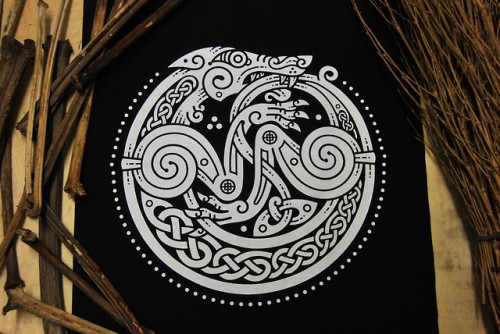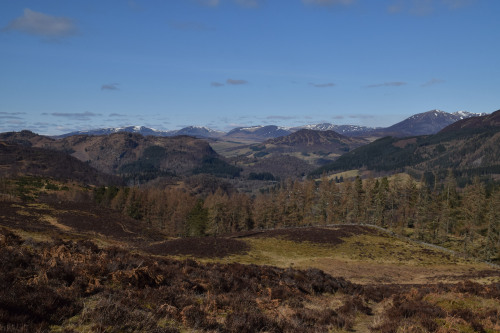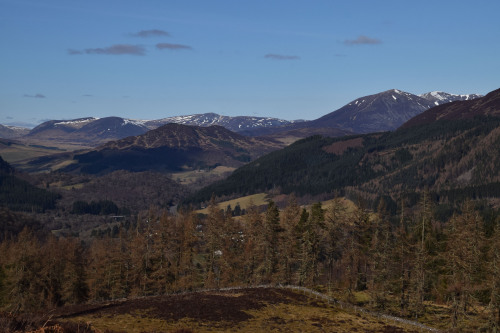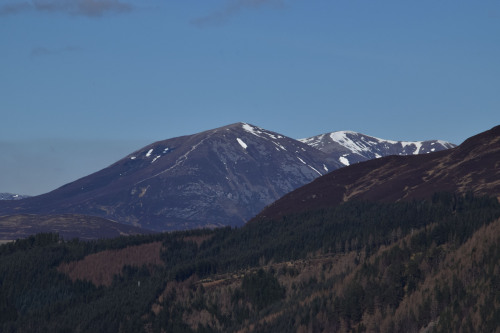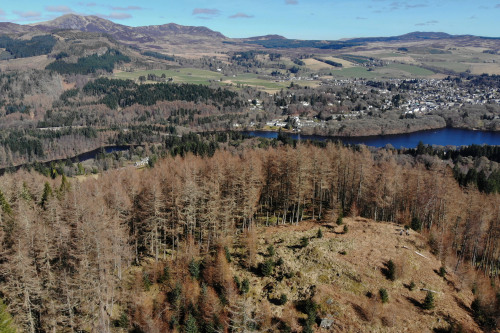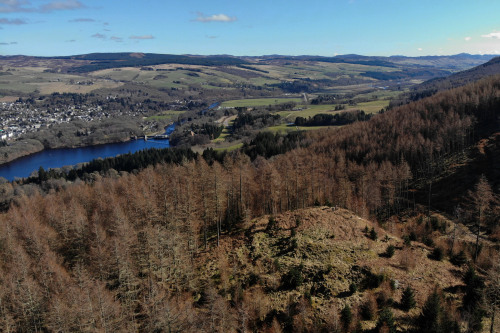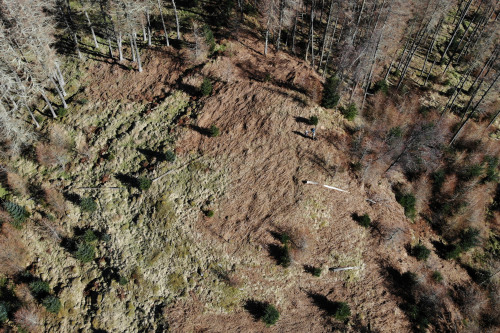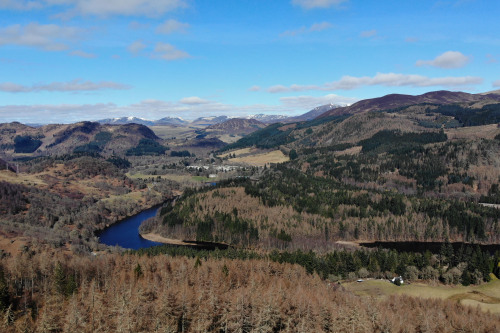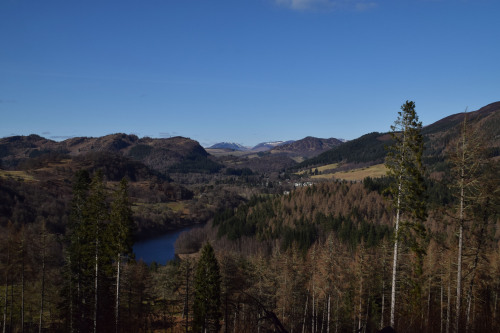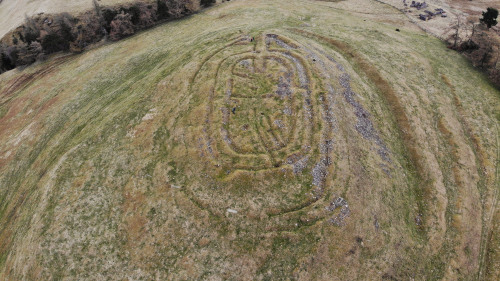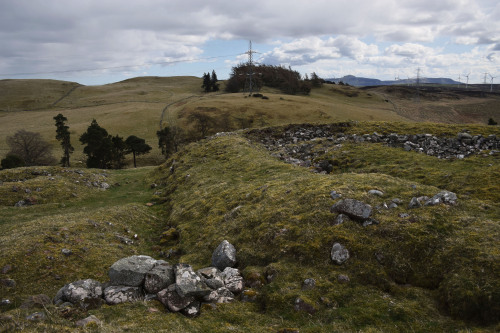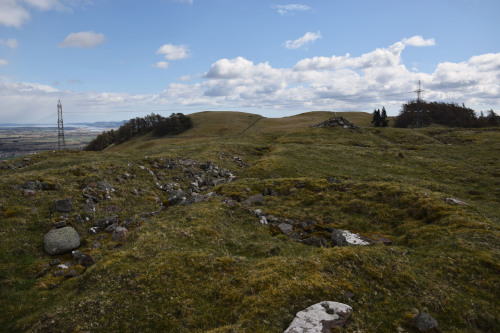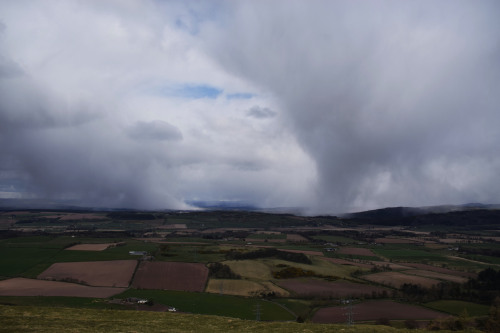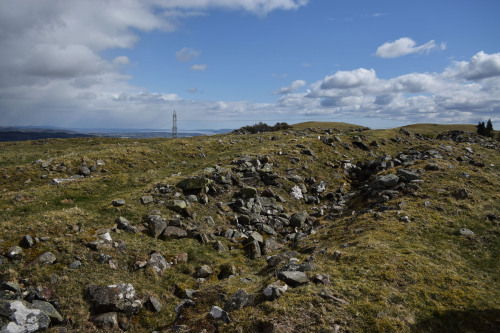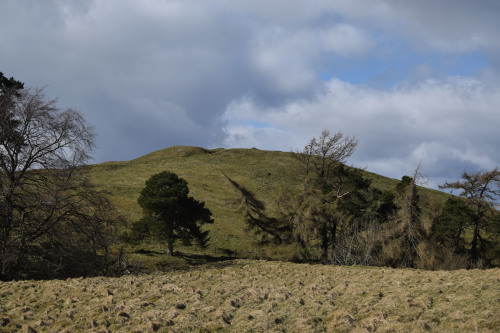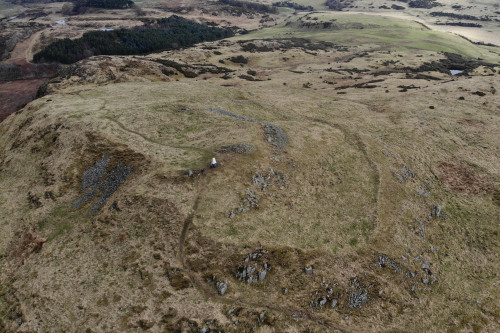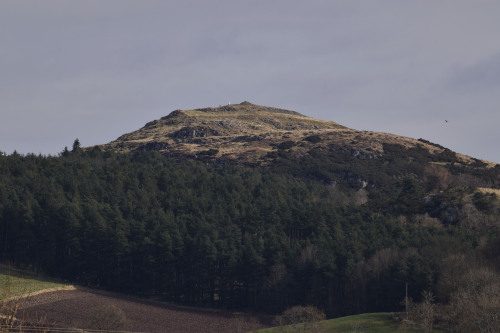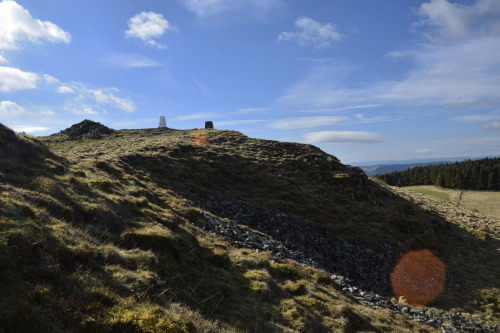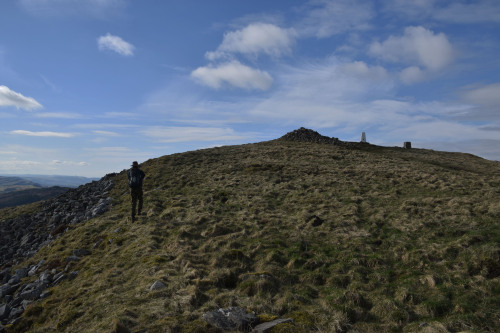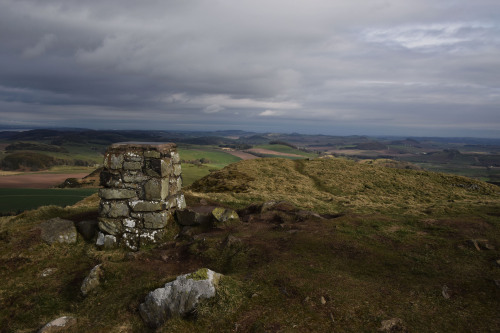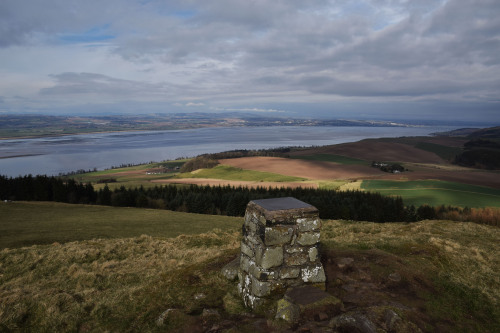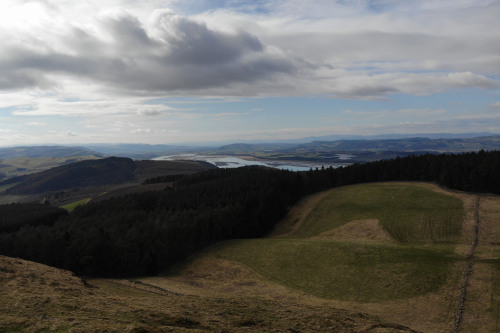#pictish

Archaeologists have uncovered a Pictish symbol stone close to the location of one of the most significant carved stone monuments ever uncovered in Scotland.
The team from the University of Aberdeen hit upon the 1.7 meter-long stone in a farmer’s field while conducting geophysical surveys to try and build a greater understanding of the important Pictish landscape of Aberlemno, near Forfar.
Aberlemno is already well known for its Pictish heritage thanks to its collection of unique Pictish standing stones the most famous of which is a cross-slab thought to depict scenes from a battle of vital importance to the creation of what would become Scotland—the Battle of Nechtansmere. Read more.
https://www.etsy.com/shop/limbsdisarm
New print in collaboration with @celticartlogo, available as backpatch and t-shirt in a variety of colours. Follow us oninstagram for more updates!
We ship worldwide!
As one of the most puzzling and misinterpreted creature, the wolf has been at the very centre of cults and mythologies throughout history. In ancient times, Roman era, and Greek mythology, to the late Norse age and its depiction of the infamous Fenrir, the wolf has been a key figures in many cultures. Even if it’s not often associated with it, it played a pivotal role in Celtic culture as well. The wolf is not as present as other animals or zoomorphic representations in Celtic art, not like the boar, the eagle or the deer. Even so, there are mentions of the wolf in Celtic lore, particularly the very late one from the Middle-Age. Soon after Cormac mac Airt, the future High King of Ireland, was born, he was carried off and raised by a she-wolf for a period of time in the caves of Kesh, alongside her other cubs. In the tale of Táin Bó Cúailnge, the goddess Mórrígan appears under different shapes to the legendary hero Cú Chulainn, one of these being the shape of a wolf. Interestingly, the wolf plays a key role in the Celtic year cycle as well. It has always been associated with the first part of the year, usually the time around January, in different areas of Scotland and Ireland. Still today, in the Gaelic-speaking Highlands and islands, people refer to the first month of the year as “Faoilleach”, originally associated to a whole period in the Scottish agricultural calendar. The name has a close link to the wolf figure: in fact, “faol” or “faol-chú” means wolf in Gaelic, and it would appear to be a very old term, as wolves have been extinct in Scotland for centuries. In Scotland, the most notable representations of wolves are to be found in the Pictish culture, such as the one majestically engraved on the Ardross stone, 30 miles north of Inverness. This print is a modern reinterpretation of one of the most significant animals celebrated in hundreds of years of lore, legends and stone carvings.
Post link









Replica of one of the Tarbat Pictish Cross Slabs, Tarbat Discovery Centre, nr. Tain, Scotland









Replica of one of the Tarbat Pictish Cross Slabs, Tarbat Discovery Centre, nr. Tain, Scotland



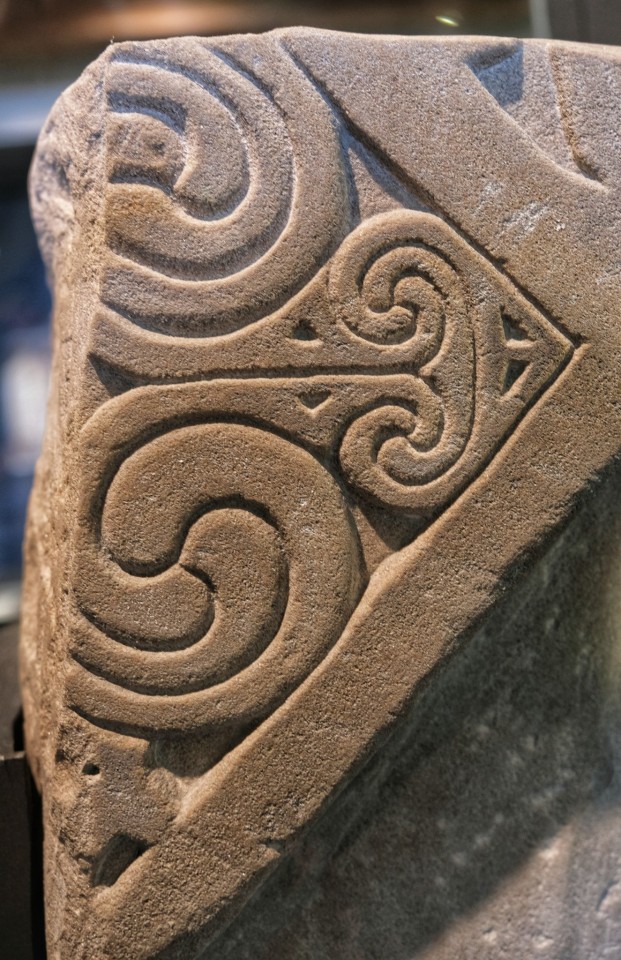






Pictish Stone and Cross Slab Fragments, Tarbat Discovery Centre, Tarbat, nr. Tain, Scotland










Pictish Stone and Cross Slab Fragments, Tarbat Discovery Centre, Tarbat, nr. Tain, Scotland







Pictish Stone and Cross Slab Fragments, Tarbat Discovery Centre, Tarbat, nr. Tain, Scotland







Tarbat Discovery Centre/Chapel Crypt, nr. Tain, Scotland.
A 12th/13th Century CE crypt built with several Pictish decorated stones. The chapel has a murky past, including the burning to death of a clan leader and his followers after being trapped inside by feuding rivals. The scorch marks have been found on every rediscovered section of the building.

Pictish symbols
An Dun Hillfort, Pitlochry, Scotland
This hillfort (‘an dun’ just means 'the fort’) is surrounded by trees nowadays and might well be near impossible to spot from the road, but back when it was used it must have had a majestic view across to the Cairngorms. Today you can also see the bright Blue of Loch Faskally and the River Tummel, as well as the town of Pitlochry stretching across the hills. You get a great view of the Pass of Killiecrankie, a natural separation line between this area and the depth of the Scottish Highlands beyond. No wonder this is considered the Northernmost hillfort in Perthshire. This hillfort is not well known these days, so we really enjoyed exploring it in depth. On the way back we went up further into the hills and were rewarded with an amazing view of the Cairngorms sprawled across the horizon. Beinn a'Ghlo was especially prominent and reminded me of the time we tried to go up, but found ourselves in a cloud that wasn’t budging. The River Tummel provided an accent of intense blue. Up on the hills, we could only see it with the drone, but as we descended back towards Pitlochry on the circular walk, the view towards the river opened up, which you can see in the last photo.
My visit to An Dun features in my March Vlog.
Post link
We visited the Pictish Iron Age-style hillfort ‘Castle Law’ near Forgandenny. It’s walls at the top were cleared by Victorian archaeologists and remain very distinct and visible to this day. So we were really intrigued and wanted to come for a visit and a hillfort tour. There was a lot to see and being able to get a bird’s-eye perspective with the drone was priceless. I hope you will enjoy it as much as we have!
Castle Law, Forgandenny
This Iron Age-style hillfort has been excavated in Victorian times and since then the walls at the top have been exposed, creating this fascinating pattern. From the ground all we could see was parallel lines, but from the air this hillfort truly comes to life. It is a timber-laced hillfort, just like the nearby Castlelaw near Abernethy, a technique which originated in Switzerland according to some archaeologists and may reflect an influx of incomers to the British Isles from the continent. There’s a full hillfort tour up on my channel.
Post link
We visited two Iron Age hillforts near Newburgh, Fife: Norman’s Law, un-excavated, but well-preserved in its features; and Glenduckie Hill, excavated, but overgrown with plants that conceal its features. They couldn’t be any more different. We discuss the appearance and history of the hillforts in this video. I also used a drone to get a bird’s eye perspective. So come and explore these hillforts with us!
Norman’s Law
This is a well-preserved Iron Age hillfort, which was so much fun to explore. There is a total of 3 walls, each becoming larger in diameter. So this must have been a large and important fort at one point in time. The top and innermost part of the hillfort still has ample remains of the 3 to 4 meters-thick wall that once protected it. This fort is close to Newburgh in Fife and lies along the Fife Coastal Path. For the most part, Fife can be associated with the Pictish tribe of the Venicones, the most likely candidates to have inhabited this fort. From the top you get a great view towards the River Tay and the Scottish Highlands in the North. It’s very likely that on the other side of the river the tribal territory of the Caledonians began. To the North-East you can see Dundee, which coils around Dundee Law, another ancient hillfort.
A full hillfort tour is up on my channel!
Post link

